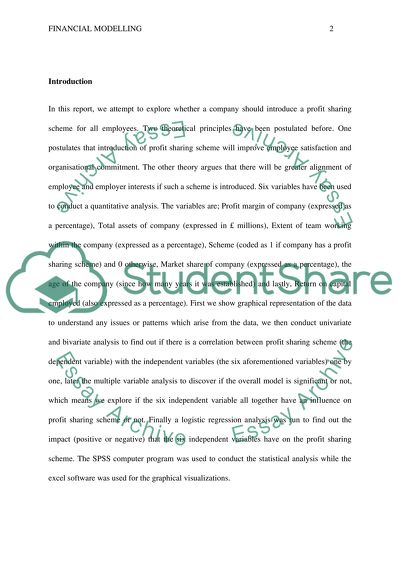Cite this document
(“Financial Modelling Research Paper Example | Topics and Well Written Essays - 1750 words”, n.d.)
Financial Modelling Research Paper Example | Topics and Well Written Essays - 1750 words. Retrieved from https://studentshare.org/finance-accounting/1673041-financial-modelling
Financial Modelling Research Paper Example | Topics and Well Written Essays - 1750 words. Retrieved from https://studentshare.org/finance-accounting/1673041-financial-modelling
(Financial Modelling Research Paper Example | Topics and Well Written Essays - 1750 Words)
Financial Modelling Research Paper Example | Topics and Well Written Essays - 1750 Words. https://studentshare.org/finance-accounting/1673041-financial-modelling.
Financial Modelling Research Paper Example | Topics and Well Written Essays - 1750 Words. https://studentshare.org/finance-accounting/1673041-financial-modelling.
“Financial Modelling Research Paper Example | Topics and Well Written Essays - 1750 Words”, n.d. https://studentshare.org/finance-accounting/1673041-financial-modelling.


